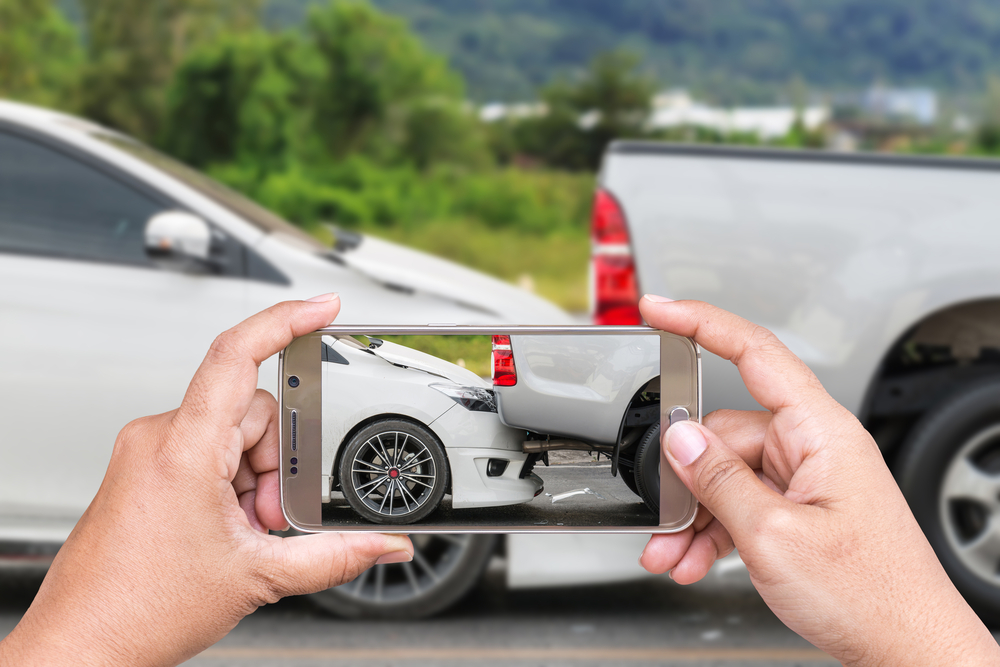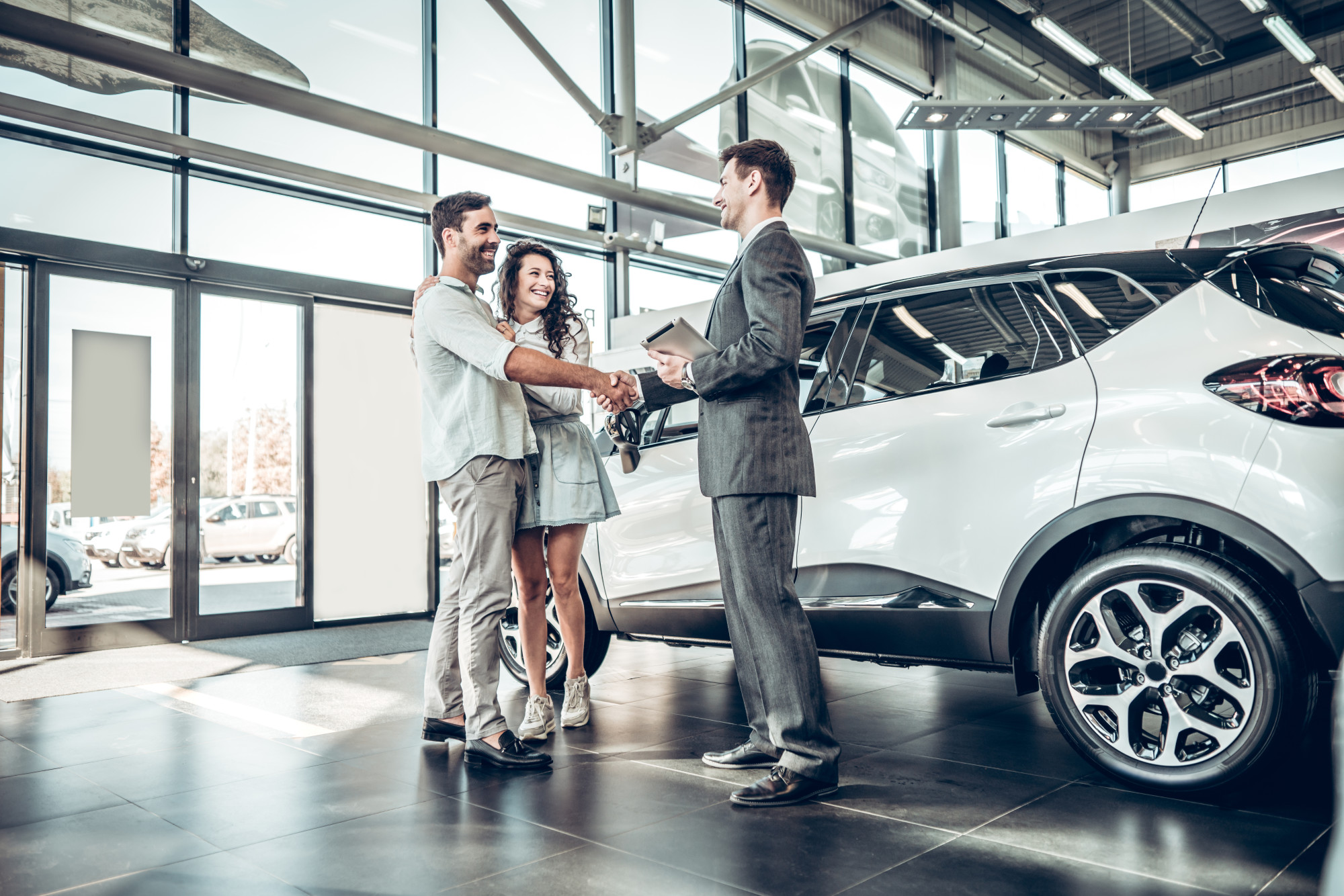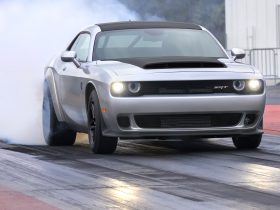Getting involved in a car accident may cause different types of injuries, and, of course, the first course of action you have to do is to ensure that you and your passengers are safe. You also need to contact the police and emergency services as soon as possible. Next, you have to pay attention to your environment and try to take photos after a car crash.
In this post, you’ll learn the importance of taking pictures after a car accident, so you’ll know what to do if ever you come across this situation.
- Substantiates Your Accident Claim
While new technologies can be used to prevent car crashes, these can also be used to legally assist you whenever a car accident happens, such as using your smartphone camera. Photos of the incident site make strong, substantial evidence that will help you obtain the maximum compensation for your damages.
Photos of injuries would help prove that what you’re version of the incident is true. For instance, a common car accident injury is a fracture. For an insurance adjuster to believe you that your injury is really bad, it’s worth taking photos of your displaced arm or leg to substantiate your claim, as well as explaining in detail what you think could have caused the fracture.
Here are some tips when taking photos of the incident scene:
- Start taking photos as soon as possible. Just make sure that you and your passengers are in a safe condition. If you’re not in a good physical condition to take photos, ask someone to do it using your phone, such as a family member, one of your passengers, or a bystander.
- Take photos of everything, including all possible angles of the involved vehicles, drivers, passengers, your injuries, the weather condition, traffic signs, and witnesses, as well as responding police officers and their badge information.
- Keep a copy of those photos for yourself and give a copy to your car accident lawyer.
- Provides A Clearer Picture Of The Incident
Aside from police reports, medical records, and witness testimony, photos of your injuries, the condition of the crashed vehicles, and traffic conditions are also considered valid evidence to prove your accident claim. Photos and video footage would give a better idea of how the accident happened and the injuries sustained.
Photos of the incident site can also be used to substantiate the testimonies of witnesses, as well as video footage captured by CCTV cameras or bystanders. All of these pieces of evidence will be combined to get the whole picture of the incident, making it so much easier for authorities to determine who’s the one at fault or primarily responsible for the incident.
- Determines Other Contributory Factors Of The Accident
Sometimes, environmental or traffic conditions may contribute to the occurrence of a car accident. While drivers take extra precautionary measures to ensure safety on the road, poor road conditions or bad weather may increase the likelihood of an accident.
Here are some examples of scenarios wherein taking photos can help identify the real reason and other contributory factors that probably caused the car accident:
- If the weather is bad, take photos or a video of trees bending due to strong wind that, as well as of the crashed vehicles on the site. This can be strong evidence showing that poor weather conditions have contributed to the accident.
- Take photos of traffic signs, such as a yield sign located at an intersection, to show that the other party was driving too fast and failed to yield.
- Take pictures of skid marks to show that the driver was distracted and attempted to brake suddenly, but was not able to do it on time.
- Avoids Word Battle
Without additional evidence to prove your claim, there would be a major word battle before the insurance company or the courtroom. The insurance company or insurance adjuster that represents the at-fault driver will likely dispute who should be held responsible for the accident and how it happened. It would mean relying on your word against the other driver.
Here are the other possibilities of lack of evidence to prove a car accident claim:
- The insurance company may reduce the amount of compensation you should receive for your damages.
- The insurance company might completely deny your claim and insist that you’re the one at fault.
- It will be difficult for you to prove how you sustained your injuries, especially if you failed to seek prompt medical attention after the accident.
Conclusion
Now that you already know what to do if ever you get involved or encounter a car crash incident. It is better to be prepared with the right evidence to ensure that you receive the right compensation for your damages. Make sure to take photos of the incident scene and take as many photos as possible to show a clear picture of how the car accident happened, the contributing factors that might have caused the accident, and who is the driver at fault.







